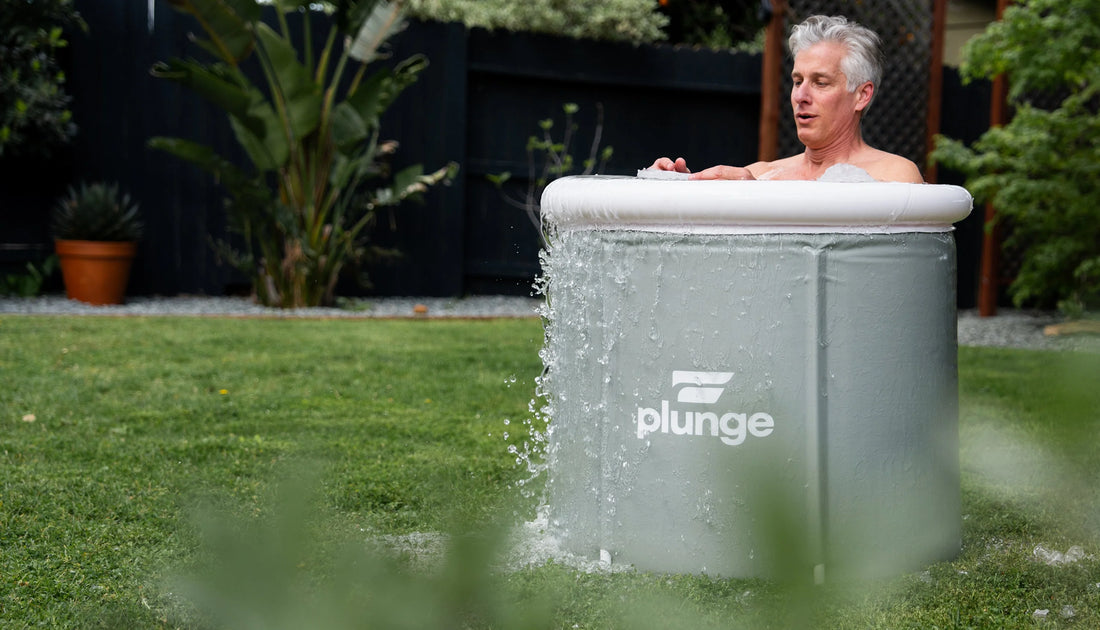The idea of plunging into icy water might seem daunting, but cold water immersion (CWI), or cold plunging, has been gaining recognition as a powerful tool for health and wellness. This practice involves submerging yourself in cold water between 40-55°F for short periods, offering numerous science-backed physiological and psychological benefits. While cold water immersion stages can be dangerous in situations like boating accidents, understanding them in the context of cold plunging can help you maximize the benefits for your health and wellness journey.
Understanding Stress and Cold Water Immersion
Stress often has a negative connotation, but not all stress is harmful. Cold water immersion introduces a controlled form of stress known as hormesis. This involves exposing your body to low doses of biological stress to stimulate positive adaptive responses. Controlled exposure to stressors like cold water can enhance resilience, improve metabolic flexibility, and strengthen the immune system.
Preparing for a Cold Plunge
If you're considering cold plunging, preparation is key to a successful experience. Gradual acclimation helps reduce the intense shock to your system. Starting with a cold pool that ensures full-body coverage and progressively spending longer in the water over multiple sessions is recommended. Have a warm, dry area, such as a sauna, ready to move to after your plunge. Mental readiness is just as important as physical preparation, so practicing breathwork exercises can help you manage the initial shock and maintain composure.
Cold Water Shock Stages
When exposed to cold water, the body undergoes four distinct stages based on the duration of immersion and accompanying symptoms:
Stage 1: Cold Shock Response Upon immersion, your body reacts instantly with the cold shock response, characterized by a rapid increase in heart rate and blood pressure, often accompanied by gasping and rapid breathing. The sympathetic nervous system releases a surge of adrenaline, preparing your muscles for action. Remaining calm and controlling your breathing is crucial during this phase, which typically lasts the first 0-2 minutes of immersion.
Stage 2: Adaptation In the second stage, your body begins to adapt to the cold. Blood vessels constrict to maintain core body temperature, diverting blood flow from extremities to protect vital organs. This vasoconstriction can cause numbness and tingling in fingers and toes, but the body periodically restores blood flow to prevent tissue damage. This stage lasts around 2-3 minutes and is often associated with enhanced mental clarity and alertness.
Stage 3: Thermogenesis As you enter the third stage, your body engages in thermogenesis to maintain core temperature, leading to shivering as muscles contract to generate heat. This stage also releases endorphins, the body's natural painkillers, creating the euphoric feeling often experienced after a cold plunge. Brief and controlled exposure during this stage can activate brown fat, reduce inflammation, and more. This stage usually lasts 3-5 minutes.
Stage 4: Post-Immersion Collapse Exposure beyond 10 minutes increases the risk of hypothermia, where the body loses heat faster than it can produce it, leading to dangerously low core temperature. Symptoms include confusion and lethargy, making it crucial to monitor your time in cold water and exit before reaching this stage.
What to Expect in an Ice Bath
An ice bath provides a controlled environment for cold water immersion, maximizing the benefits of the first three stages while avoiding the dangers of the fourth. Cold plunges typically range between 40-55°F, with immersion times from 30 seconds to 10 minutes, focusing on the safe and invigorating experience of the initial stages.
Staying Safe During Cold Plunging
Safety is paramount in cold water immersion. Always start slowly, listen to your body, and don't push your limits. Never plunge alone, have an exit strategy, bring warm clothing or a blanket, and consult a healthcare professional if you have pre-existing conditions.
Importance of Breathwork
Breathwork is another critical safety consideration for ice baths. Cold water often triggers an involuntary gasp upon immersion. Techniques like box breathing and the Wim Hof Method can help you stay calm, reduce the cold shock response, and enhance your overall experience. However, it's essential to practice these techniques safely and with someone present to monitor you during breathwork.
Embrace the Cold
Cold water immersion offers a unique physiological journey. Incorporating cold plunges into your routine can build resilience, improve mood, and support overall health. Investing in a home cold plunge tub allows you to experience the transformative benefits of CWI conveniently and effectively.














